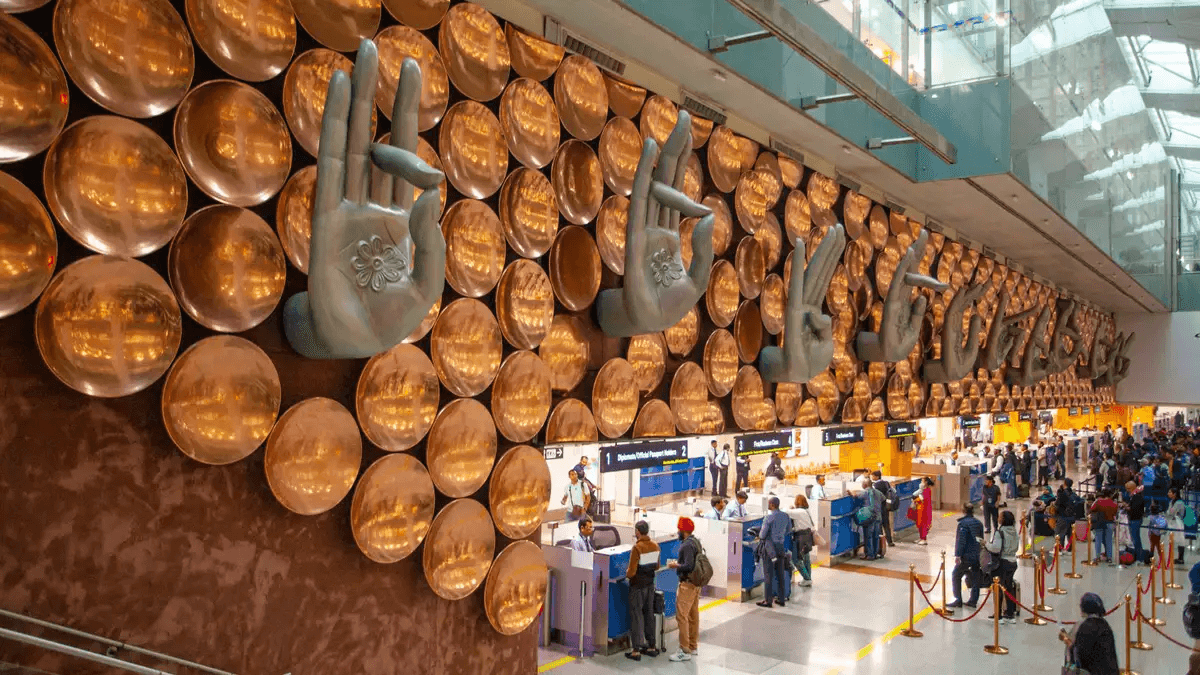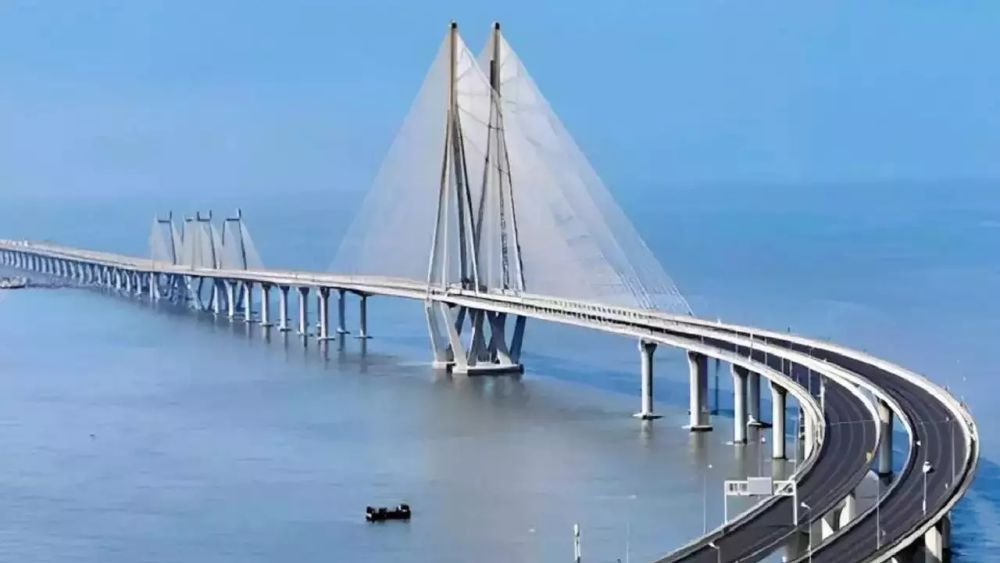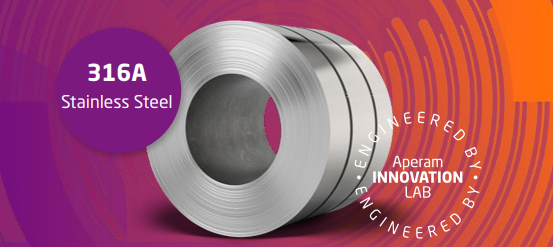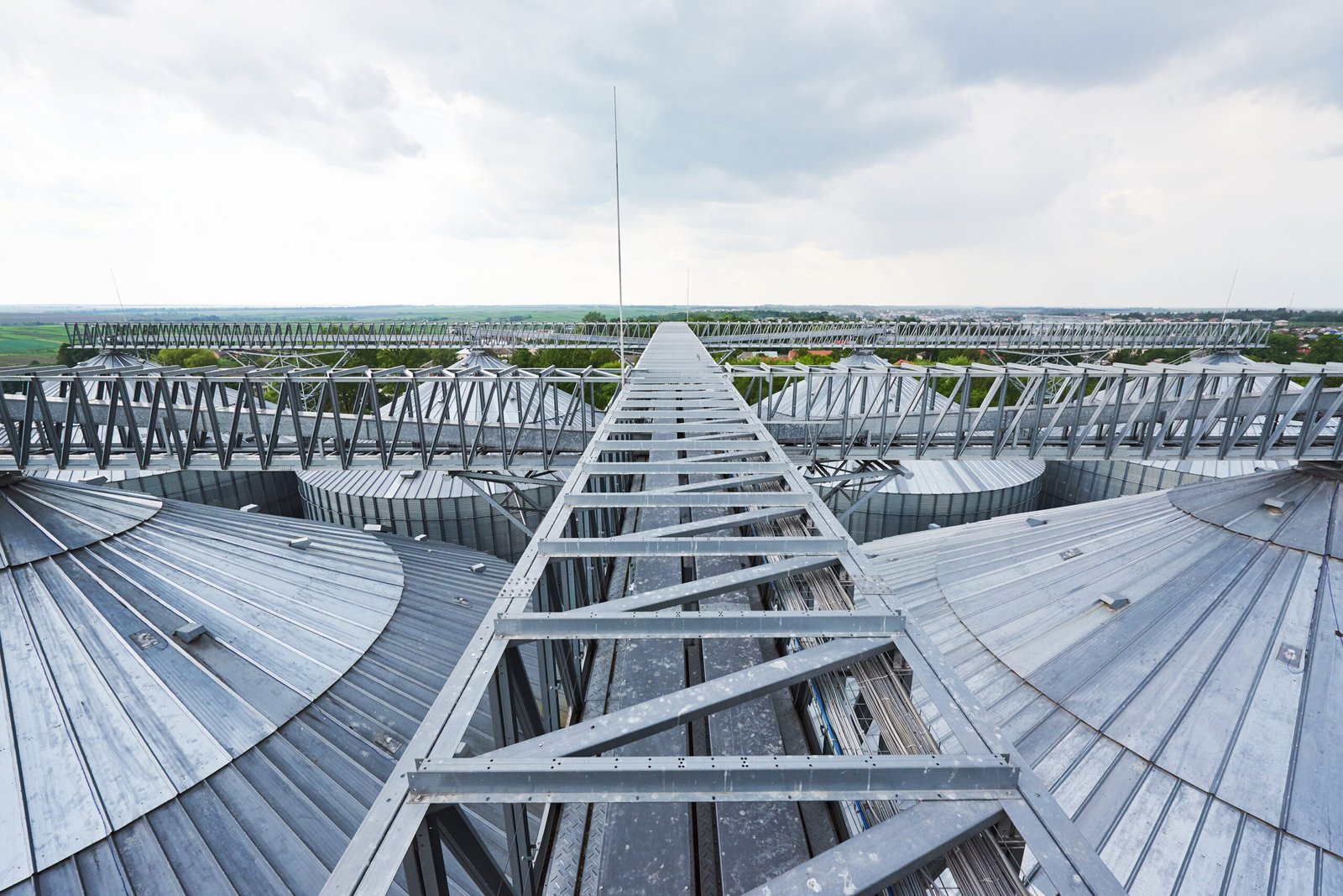Building a Resilient Infrastructure Future with Stainless Steel

Stainless steel is transforming India’s infrastructure with its durability, corrosion resistance, and sustainability, making it ideal for bridges, railways, and urban development. Its adoption in projects like the Bogibeel Bridge highlights its role in building resilient, future-ready structures.
India’s rapid urbanization and infrastructure development demand materials that offer longevity, sustainability, and resilience. Stainless steel, with its exceptional corrosion resistance and strength, is playing a pivotal role in modernizing the nation’s infrastructure. Its durability ensures reduced maintenance, and its 100% recyclability aligns with the country’s vision for sustainable growth.
Stainless steel has been extensively used in landmark projects such as the Bandra-Worli Sea Link in Mumbai, where its corrosion resistance helps withstand the harsh coastal environment. The Indian Railways has also embraced stainless steel for its tracks, bridges, and coaches, significantly enhancing safety and longevity. Urban architecture, like the façade of the Delhi Airport Terminal 3, showcases stainless steel’s versatility, combining aesthetics with functionality.

Upcoming projects, such as stainless steel foot overbridges and smart city initiatives, further highlight its role in creating future-ready infrastructure. With its unmatched properties, stainless steel is not just building robust structures but is also paving the way for a more sustainable and resilient India.










